An investment in wine is the new safe haven. A tip on which wines you should focus on.
The financial world is in a bit of a mess at the moment and one bad news follows the next. A silver lining on the horizon is certainly the wine and the art, whereby we would like to take a closer look at an investment in wine. Because wine is not a bad investment in times of falling stock markets, exploding inflation, crumbling Bitcoin, and a recession just around the corner, and an old adage is becoming more relevant than ever again: wine not only gets better with age, but it also increases in value. Of course, this doesn’t apply to every bottle, but here’s a hint on which wines to focus on.
So, in difficult times, wine is not only a product to brighten up your evening, but also an alternative investment good. Because high-quality wine is comparable to a work of art and has an incredible attraction for collectors, wine enthusiasts as well as now just the investors.
If we look at the history of the last three decades of quotations on the Live-Ex, we find that high-quality wine has recorded an average annual appreciation of 10%. The index has risen between 500% and 400% in the last 25 years for the great Champagnes, the top Burgundies and Bordeaux, and the best Italian wines. Not bad, and not only in times of uncertainty as we are currently experiencing.
How the value of wine can grow
To understand the potential of the appreciation of wine, it is enough to take a closer look at the 1997 Solaia. Because when the influential magazine “Wine Spectator” awarded the 1997 Solaia as the “best wine in the world”, the wine was traded at just 60,000 lire, which is the equivalent of 30€. Today you are lucky to find the 1997 Solaia for under 1500 euros, provided that someone parts with such a gem.
Bordeaux and Burgundy
A safe haven value investment is wines from Bordeaux and Burgundy, whereby you stick in Bordeaux best to the Premiers Crus. So Lafite, Latour, Margeaux, Mouton or Chateau Haut-Brion. But also the Deuxièmes is well suited as an investment and a Pichon-Longueville-Comtesse de Lalande can already increase in value by 20% in the year after subscription.
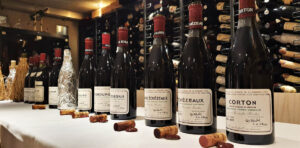
Wines of Domaine de la Romanée-Conti are among the most sought after wines in the world. Picture: vvWine.ch
Investing in Bordeaux, however, compared to investing in Burgundy, is virtually a vacation project for first graders. Because here you should not only be well versed and have the necessary small change, it is imperative to cultivate the necessary relationships so that you come into the possession of such sought-after wines at all. In comparison with Bordeaux, Burgundy produces almost homeopathic quantities of wine. At least in the top sites, i.e. Grand Cru and Premier Cru sites, which account for just 10% of the total quantity produced in Burgundy. For comparison, there are about 250,000 bottles of Mouton-Rothschild every year, while wines from the Chambertin Clos de Bèze vineyard, with just 15 hectares, are hardly more than 3500 bottles for the entire world market. Lucky for you, if you can get hold of such a bottle. In fact, there are only 60,000 bottles of wine per year from the 40 Grand Cru sites in Burgundy. Just over a third of the annual production of Mouton.
The renaissance of Italian wine
In addition to the famous French wines from Burgundy and Bordeaux, there is also a growing interest in Italian wines. Sassicaia, Ornellaia, and Masseto are among the international leaders and Tignanello are one of the most famous wines in the world. It is not missing in any top restaurant, no matter if New York, Tokyo, or Rio – everywhere you can find these famous wines. But wines from Piedmont are also very sought after by customers and can be worth an investment. For example, the wines of Commendatore G.B. Burlotto. His 2016 Monvigliero was available for 40€ ex-farm. Today, the same wine costs over 750€. Buying cases of it would have been more than worth it.
One thing to remember when making such investments: Store these wines under the best conditions. Because a perfectly stored wine will fetch higher prices when resold. And if you are lucky enough to buy wine directly from the farm and it increases in value many times over, and yet you decide to drink the wine yourself years later, then you want to have an unclouded drinking experience. Anything else would be a bitter disappointment

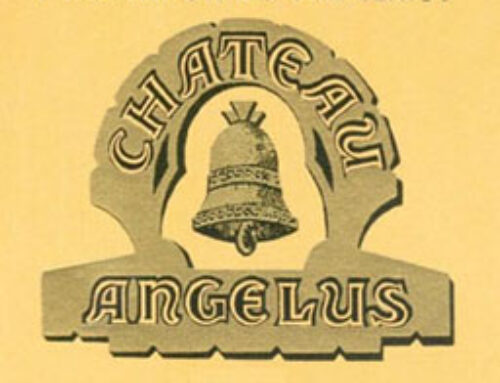
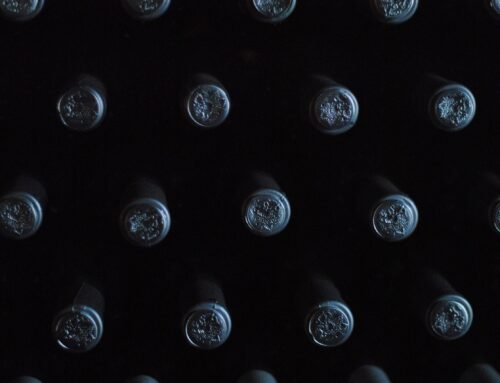
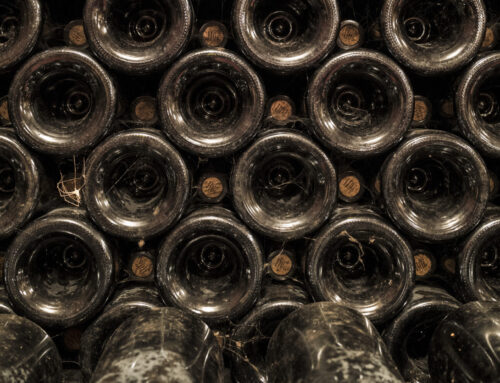
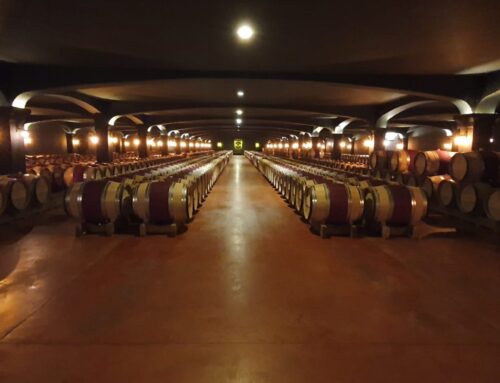
Leave A Comment